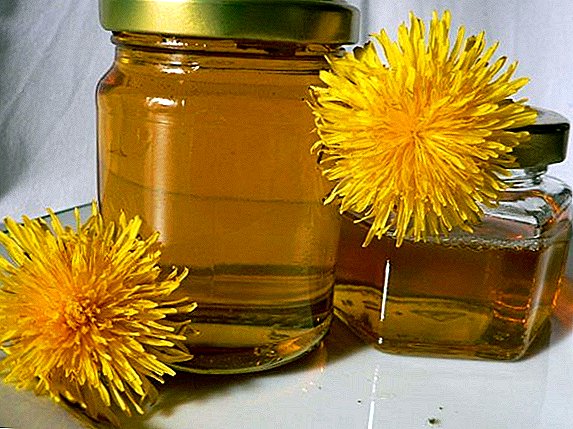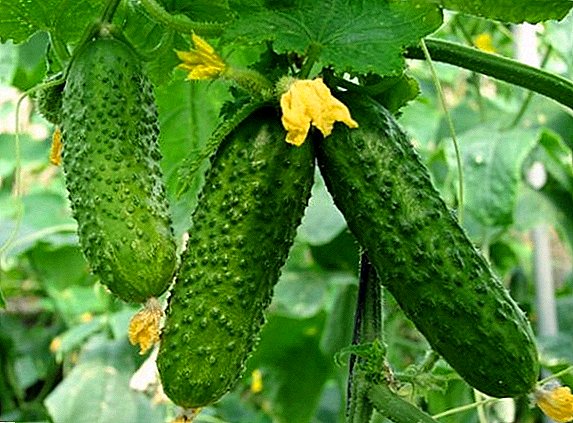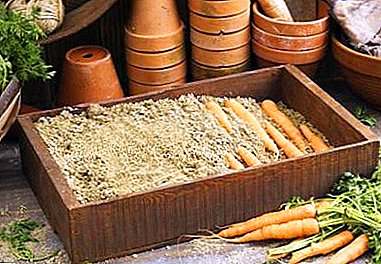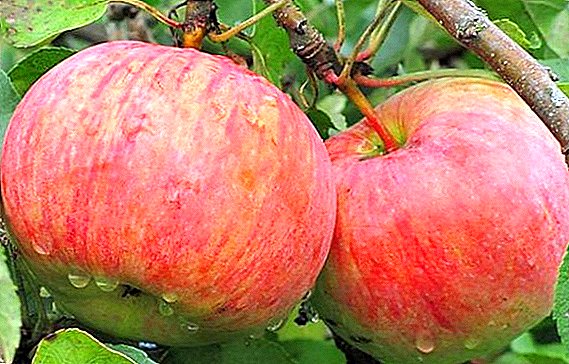 Willow is widespread in our latitudes and not only pleases the eye with its beauty, but is also a medicinal plant.
Willow is widespread in our latitudes and not only pleases the eye with its beauty, but is also a medicinal plant.
Her bark since ancient times known healing properties.
White willow (willow)
Representative willow family white or silver willow, Latin Salix alba, can be found in our latitudes on the banks of rivers, along roads, in cities and villages. The height of a willow can reach 30 m. It is a spreading tree, with one or several thick trunks, which sometimes are more than 2 m in cut. They are covered with dark gray thick bark with large cracks. Young shoots are bright green, growing up, acquire red, yellow, brown tones. 
Branches are flexible, do not break, shine. They give the willow crown its "weeping" and the shape of a tent or ball. Leaves grow alternately when they bloom, turn green with a white bottom, a little terry to the touch, and by the autumn turn yellow and do not crumble until the very winter. They are narrow, with a sharp top and the beginning of a leaf. In April, the tree blooms with yellow flowers that form earrings up to 5 cm in length. Then leaves start to bloom. Closer to June from the flowers become the fruit-boxes and are carried by the wind. People have found the use not only of wood and branches, but also of willow bark. It has long been used for medicinal purposes.
Chemical composition
In the white willow bark there a number of substances thanks to which it was used and used by people. It has from 2 to 8% tannides and about 15 tannins, which are tannins. Therefore, before the bark was used for tanning leathers and dyes. These substances dyed the fabric black, and the skin, silk and wool in red-brown. 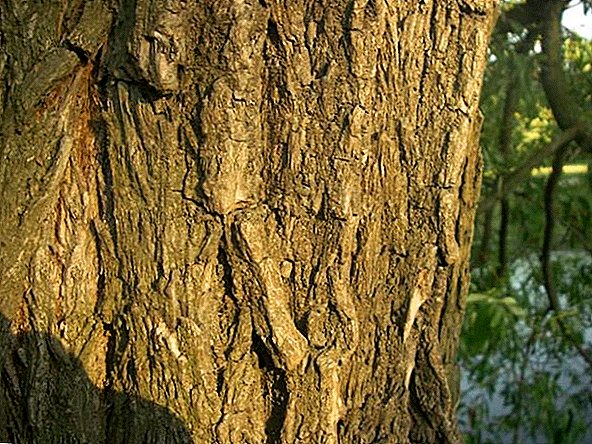
The willow bark has many beneficial, healing properties due to the presence in it of a percentage of 0.5 glycoside salicin, which is a natural antibiotic.
Bark is rich in biologically active substances - flavones, pectins, glycosides, resins, organic acids, quinine, flavonoids, polyphenols. From vitamins it has ascorbic acid and vitamins of the PP group. The bark contains trace elements, iron, phosphorus, calcium.
Pharmacological properties
The main, most famous therapeutic component of willow bark - glycoside sacilin, It has an antibiotic effect. It has antipyretic, diaphoretic, analgesic, anti-inflammatory effect. Tannin has astringent properties, so the bark helps with diseases of the gastrointestinal tract. Quinine is characterized by anti-febrile effects, flavonoids are characterized by anti-fungal infections, and polyphenols act as antioxidants. 
Biologically active substances in the complex have a hemostatic, antiseptic, diuretic effect. They expand the coronary vessels and reduce the heart rhythm, prevent the formation of blood clots, increase bronchial secretion, promote blood clotting, tend to increase the secretion of pancreatic juice, have antiviral effect.
Did you know? Hippocrates described the analgesic and antipyretic properties of willow tree as far back as the 5th century BC.
The use of therapeutic properties
Willow bark is effective in treatment of a variety of diseases. When ingested, it helps to improve with diarrhea and gastritis, dysentery, colitis, arthritis, rheumatism, neuralgia, fever, bronchitis, pleurisy, gout, dispersion, neurosis. It also fights urogenital diseases, problems with the liver and spleen, and bleeding. When applied externally helps with sweating, sore throat, has a bactericidal effect on the oral cavity during rinsing. 
Instructions for use of the drug
Preparations of white willow bark are presented in the form of powdered powder (extract), tablets, capsules, tea. The composition of the capsules and tablets includes an extract, which is obtained by vacuum extraction.
Powder adults need to take half a teaspoon three times a day with water. The capsule is taken once a day with meals. Tablets need to drink one or two three times a day. A bag of tea is poured with a glass of boiled water, insisted on 30 minutes in a water bath, filtered and taken half an hour before meals in a tablespoon four times a day.
Important! Children should not take willow preparations, as they contain natural aspirin sacilin. Its use can lead to Reye's syndrome - life-threatening damage to the liver and brain.

Folk recipes
The bark of the tree since ancient times is used in traditional medicine. With its help, they got rid of various ailments. Here are some of the most popular recipes.
For fever and elevated temperature, a teaspoon of crushed bark should be placed in an enamel bowl, pour a glass of boiling water, cook for 30 minutes, infuse for four hours, strain and take about 100 ml four times a day.
From rheumatic and joint pains, disturbances in the gastrointestinal tract, gastritis will help the broth when a tablespoon of powder is poured with a glass of boiling water, languishes in the water bath for half an hour, filtered and again brought to the original amount of fluid. It is used from three to five times a day for a tablespoon.
Bathing vessel, calendula, sage (salvia), meadow grass, linden, chervil, lyubka double, cress, yucca, dodder, viburnum buldenezh, goldenrod, slug onion, peanut, oregano (oregano) and kale cabbage, as well as white willow, used for problems with the stomach and digestive system.

To get rid of the symptoms of diarrhea, the infusion is prepared as follows. One tablespoon is boiled for half an hour in 400 ml of water. After strain and top up to the original volume. Drink 30 ml up to four times a day.
For the treatment of varicose veins, excessive sweating of the feet, fungal skin infections, it is recommended to pour a glass of powder with the same amount of boiling water, let it sit for 30 minutes, pour it into the bath with moderately hot water. After putting your feet there and keep until the water cools down.
Powder externally can be used to stop the blood by simply placing it on the wound and pressing it. It can be mixed with a base of ointment one to five and smear inflammation on the skin. 
Did you know? Young shoots of white willow do an excellent job with serious diseases of the oral cavity and even with scurvy.
White willow in cosmetology
White willow bark (due to the presence of salicin, tannin and other biologically active substances in it) is widely used in home cosmetology and in the cosmetic industry.
She is very popular in hair care. The active substances in its composition, mainly Sacilin, improve the processes of skin metabolism on the head, are regulators of the release of skin fat, hair grows better and faster. At home, you can rinse the hair with decoction after washing. For this you need to take a tablespoon of powder, pour 0.5 liters of water, boil in a water bath for up to 30 minutes, strain, let cool and rinse hair. No need to flush. In industrial cosmetology, various hair care products are made on the basis of willow bark extract. As a rule, they are used for problematic hair, dandruff, to restore hair growth. 
Due to the ability to regulate the fatty processes in the skin, it is used to make creams and lotions for face and body. They are used for excess oily skin, have anti-inflammatory effect. At home, you can make lotion for oily skin. The recipe is as follows: half a teaspoon of willow bark and the same amount of oak bark is poured with half a glass of boiling water, filtered. There are added a tablespoon of vinegar and 750 ml of boiled water. You can wipe all skin areas.
In addition to white willow, cosmetology also uses the following plants: amaranth, cornel, enoter, marigold, nasturtium, periwinkle, radish, bird cherry, linden, peony, walnut, silver goof, parsnip and garden savory.
Due to the presence of substances in the willow bark that affect increased perspiration and have an antibacterial effect, the extract is used to make deodorants. 
Side effects and contraindications
Despite the healing properties of white willow bark, there are a number of contraindications and side effects of its use.
- Do not use decoctions during pregnancy and breastfeeding.
- It should not be used in combination with salicylates and acetylsalicylic acid. This may increase their side effects.
- Reception in a complex with anticoagulants is contraindicated. The risk of bleeding increases.
- Not recommended for use in ulcers and acute conditions of the gastrointestinal tract, increased acidity in gastritis.
- Should be excluded from use if you are taking drugs for high blood pressure, painkillers, deuretics, antitussive drugs, amino acids, sulfinpirazon, probenecid, laxative.
- The drugs are contraindicated in children under 18 years and in the case of individual intolerance.
- Caution should be used for constipation, it can cause deterioration.
Important! Before using drugs based on willow bark, it is necessary to consult a doctor.The white willow tree, which many of us admire every day, can bring many benefits. Its bark can be used in the treatment of various diseases and problems. She will only benefit with proper and metered use.


